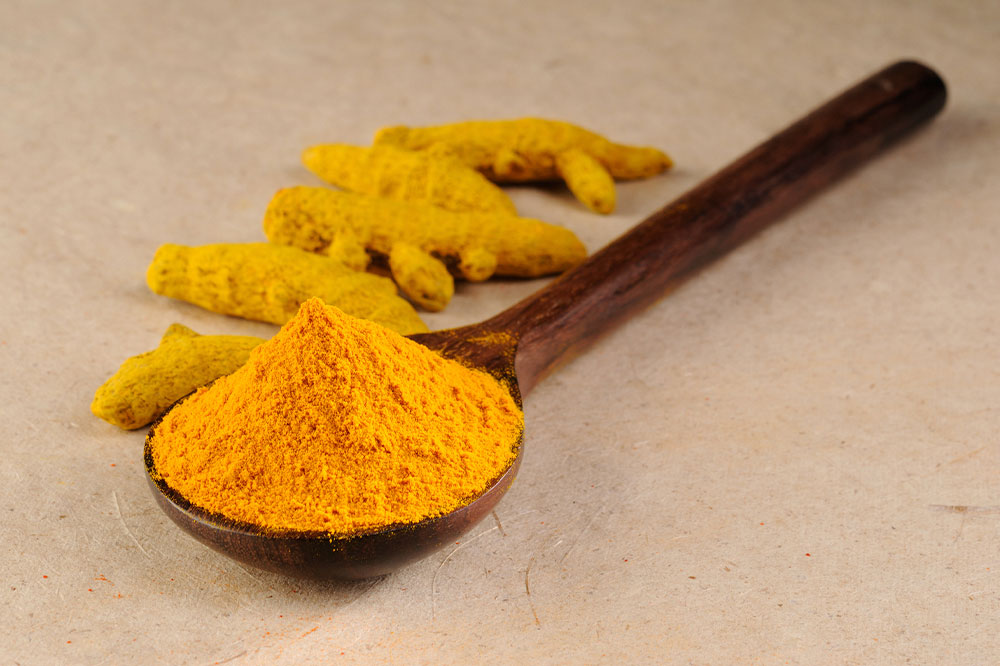6 best immune-boosting foods

With flu season just around the corner, there are many precautions one can take to ensure one remains healthy and fit throughout. While the best course of action is to distance oneself from people who are sick, get vaccinated against the flu, and get adequate sleep (6-8 hours) every night, a very important part of staying healthy is to check one’s daily food habits. Six foods that can help boost immunity are:
Citrus fruits
Citrus fruits such as grapefruit, oranges, clementines, tangerines, lemons, and limes are rich in vitamin C, which is thought to improve the production of white blood cells (WBCs). These WBCs are imperative to fighting infections in the body. However, the body does not produce or store Vitamin C, so a daily intake is required to maintain healthy levels of it in the body.
Red bell peppers
Citrus fruits are not the only source of vitamin C. An ounce of red bell peppers contains almost three times as much vitamin C (127 mg), as compared to a Florida orange (45 mg). Bell peppers are also rich in beta-carotene, which converts into Vitamin A in the body, and is essential for maintaining skin and eye health.
Broccoli
Broccoli is rich in vitamins and minerals. It is a great source of vitamins A, C, and E, fiber, and antioxidants. The key to ensuring it retains all its nutrients is cooking it as little as possible. Cooking methods like steaming can help in this process.
Garlic
Garlic is a part of most traditional cuisines across the world. It is known for its immune-boosting properties that come from sulfur-containing compounds like allicin. It may also help slow down the hardening of arteries and lower cholesterol levels in the body.
Ginger
Ginger can help reduce inflammation and can provide relief from a sore throat and nausea as well. Over time, ginger may also help reduce chronic pain and cholesterol.
Spinach
Spinach is rich in vitamin C, beta carotene, and antioxidants, making it an important superfood. These nutrients also help build one’s immune system. To get the most nutrients out of spinach, ensure that it is only cooked lightly. This allows it to retain all of its superfood properties and makes it easier for the body to absorb vitamin A.
Other foods that may help boost the immune system include yogurt, almonds, sunflower seeds, turmeric, green tea, papaya, kiwi, poultry, and shellfish. Taking daily supplements can also help people boost their immune system. Apart from multivitamins, magnesium, calcium, and Omega-3 supplements are very popular in gummy and pill form for easy consumption.
During the flu season, catching a cold is often unavoidable. In case one catches the flu, the following remedies may help relieve some of the symptoms:
- Stay hydrated
Drink plenty of fluids such as water, juice, clear broth, or warm lemon water with honey. - Rest well
Adequate rest can help the body recover faster. - Soothe the throat with a saltwater gargle
Half a teaspoon of salt dissolved in 8 oz. of water can help temporarily relieve a scratchy throat. - Nasal drops and sprays
Combat stuffiness with over-the-counter saline nasal drops or sprays. - Use a humidifier
Use a humidifier to add moisture to the air. - OTC treatment options
Relieve pain using over-the-counter painkillers, after consulting with a healthcare professional. - Warm fluids
Sip on warm liquids such as soup, tea, or apple juice, as these can ease congestion by increasing mucus flow.





